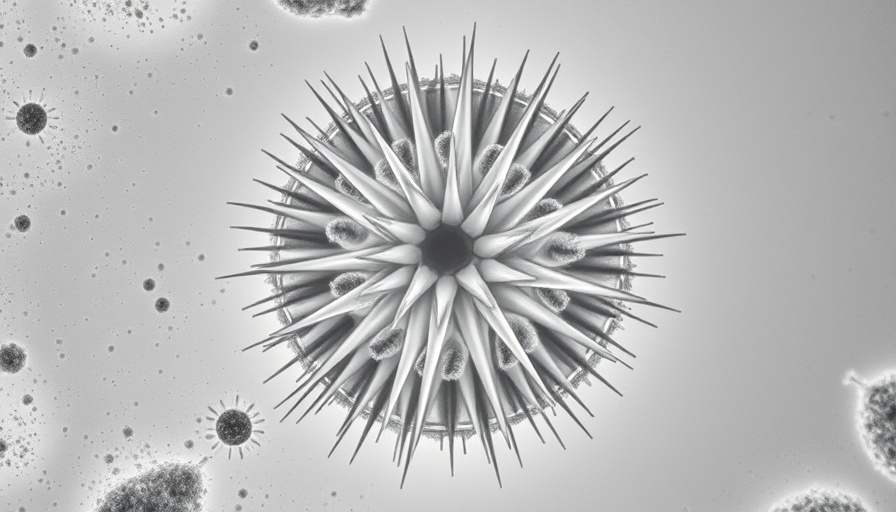
Controlling Mustard Algae: Understanding the Basics
Mustard algae, commonly misidentified in the industry, is actually a formidable group known as diatoms. These organisms thrive under particular conditions—sunlight, nutrients, and optimal pool chemistry. It's vital to clarify that their presence is not merely a sign of poor pool care; they are opportunists that exploit minor imbalances in water circulation and treatment. Awareness of these conditions can significantly aid pool owners in both prevention and management.
Dead Spots: The Hidden Enemy of Pool Clarity
Effectively controlling mustard algae starts with understanding circulation patterns within the pool. Areas with slow-moving water—such as corners or steps—create ideal habitats for diatoms to flourish. Regularly brushing these areas and adjusting return jets can significantly enhance water movement, reducing stagnant spots where diatoms can establish themselves. This practice is especially crucial for pools needing replastering, which may inadvertently create more dead spots.
Effective Treatment Strategies for Your Pool
While chlorine remains the backbone of pool sanitation, proper chemical management is essential for combating mustard algae. Opt for a chlorine level between 2-4 ppm, and don’t hesitate to up the ante if you discover an outbreak. Incorporate polyquats, a non-foaming algaecide that works well with chlorine, copper, and borates, to effectively manage algae growth.
Copper and zinc can also play critical roles in combatting diatoms. Copper breaches the diatoms’ silica armor and hampers photosynthesis, while zinc contributes to corrosion protection without staining your pool surfaces. Successful implementation of these chemicals requires careful monitoring of pH and alkalinity levels.
Prevention is Key: Long-term Strategies for Algae Management
Diatoms thrive in well-fed environments—consider your filtration system. For instance, DE grids need regular cleaning, as these filters can be breeding grounds for diatoms. Ensure thorough cleaning of sand and cartridge filters, rather than only backwashing. If your pool water has high silica levels, consider pretreating to create an inhospitable environment for diatoms.
Stay Informed and Prepared
Understanding mustard algae and its proper management not only protects your pool's aesthetic appeal but also ensures a healthier swimming environment for all. By being proactive with chemical treatments and regular maintenance, pool owners can enjoy crystal-clear waters free of diatoms.
 Add Row
Add Row  Add
Add 




Write A Comment